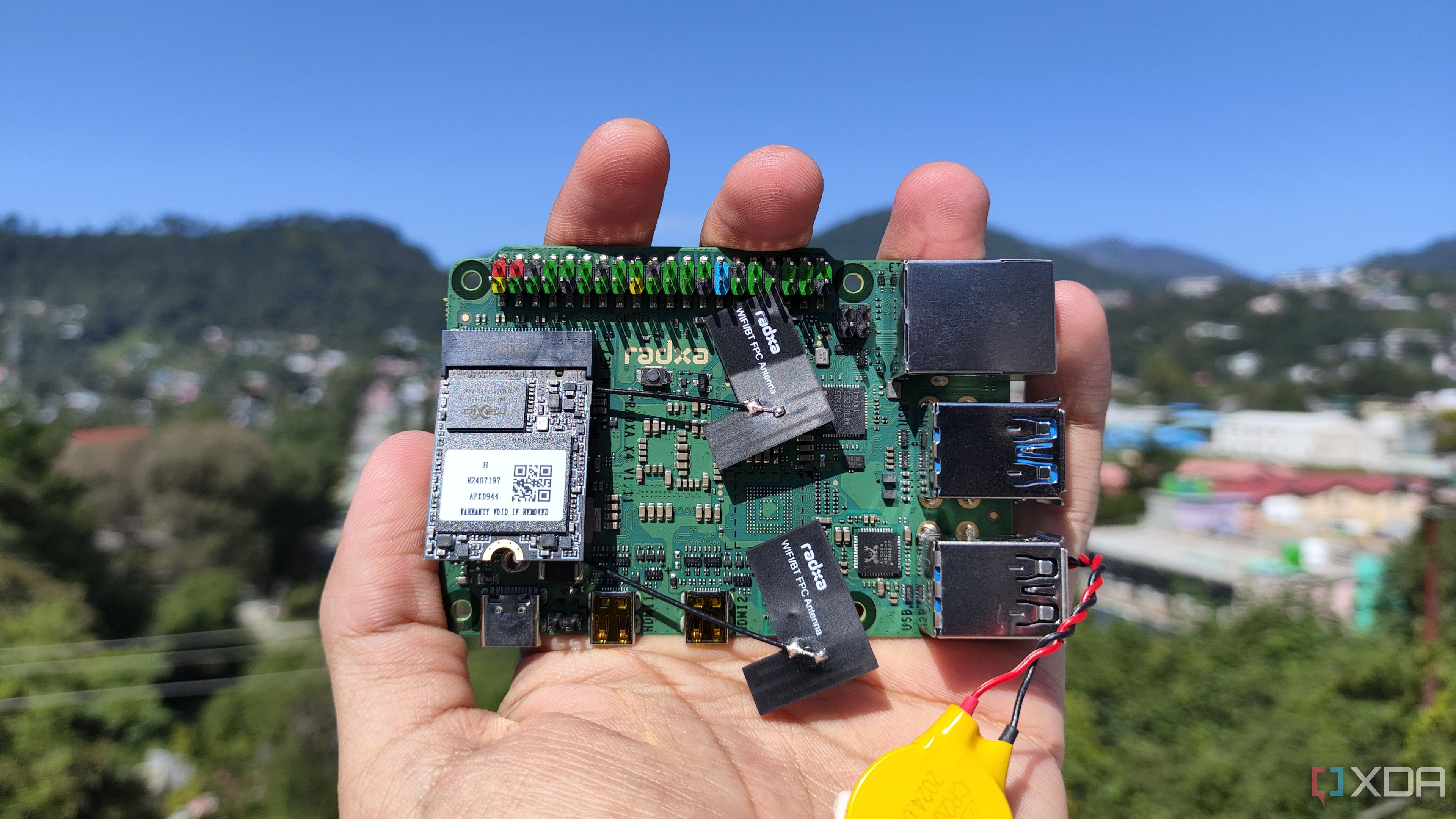This Raspberry Pi killer is great at emulating PS2 games
The Radxa X4 is undoubtedly a fantastic addition to the dominating Single-Board Computer family. But as someone who has used the SBC ever since it hit the market in 2022, I have to admit that the device isn’t as powerful as it should be. Contrast it with x86 boards, and the lack of firepower of the Raspberry Pi’s Arm processor becomes even more apparent.
The Radxa X4 is one such SBC that overshadows its Raspberry Pi equivalent on both compatibility and performance fronts. Earlier this year, I tried emulating PlayStation 2 titles on the Raspberry Pi 5. While the outcome wasn’t as big a failure as PS3 emulation, I had to make some compromises on the FPS and resolution fronts.
So, I figured I could try something similar with my beloved Radxa X4. As it turns out, the Intel N100-powered SBC is more than adequate for running dozens of popular PlayStation 2 titles. I went with Batocera in the end.
The Performance Advantage of x86 Systems
Besides their (comparatively speaking) superior performance, the fact that x86 systems are compatible with several distributions makes them a lot easier to tinker with. The Radxa X4 is no exception, as the device is powered by an Intel N100 system and can run Windows 11 without breaking a sweat – a feat that usually involves a lot of headache on the Raspberry Pi 5.
As such, I had plenty of emulation distros to choose from for this project. Since I already have an M.2 2230 SSD armed with Windows 11, I wanted to stick with Microsoft’s flagship operating system for installing PCSX2. But unlike PlayStation 3 emulation, where it’s hard to find RPCS3 cores on platforms dedicated entirely to emulators, PS2 cores are often built into popular emulation distributions.
Plus, these Linux-based platforms have significantly less overhead than Windows 11. So, I decided to opt for Batocera, as it has a killer UI, terrific emulation capabilities, and (most importantly) a fully-functional PS2 core (at least, on x86 systems).
The Easiest Setup
The PS2 emulation core was fairly easy to set up. When I attempted to emulate PlayStation 2 titles on the Raspberry Pi 5, its Arm processor reduced the number of options at my disposal. Most emulation platforms didn’t feature PS2 cores, and I had to jump through numerous hoops just to install the unofficial AetherSX2 emulator on RetroPie.
Heck, even getting RetroPie to run was a job and a half, as the platform doesn’t have a proper image for the Raspberry Pi 5 and needs to be installed manually on top of another distro. In contrast, setting up Batocera was a walk in the park. All I had to do was plug an external SSD into my PC, flash it with the right .img file using Balena Etcher, and switch the boot order on my Radxa X4 to prioritize the drive.
Testing Time
The setup complete, it was time to don my testing hat. The Radxa X4 crushes most PS2 games. Playable frame rates even at higher resolutions
Since I had a huge backlog of games to test, I went with Devil May Cry 3: Dante’s Awakening, my favorite hack-and-slash title on the PlayStation 2. To my surprise, the game ran at nearly 30 FPS, though there were some minor slowdowns.
Luckily, switching from OpenGL to Vulkan brought the game back to a steady 30 frames per second. I bumped the resolution scale up to 1.25x, and the game ran just as well. Considering that the Raspberry Pi 5 couldn’t hit over 15 FPS even after lowering the resolution, I was already off to a good start.
Next, I tried to run God of War 1, which the Radxa X4 managed to run at a flawless 60FPS at 1.25x resolution, with a couple of frame rate dips when pushing the scale to 1.5x. Likewise, Tales of the Abyss, Ace Combat Zero: The Belkan War, Shin Megami Tensei: Persona 3, Shin Megami Tensei: Digital Devil Saga, Armored Core: Another Age, and Metal Gear Solid 3: Snake Eater were perfectly playable, even with the emulator running the game above the PS2's native resolution.
The Verdict
I had to use native resolution for demanding titles, though. Xenosaga, which was completely unplayable on the Raspberry Pi 5, had major slowdowns unless I dropped the resolution setting to native – and even then, the game would occasionally dip to 27 FPS.
In a similar vein, Shadow of the Colossus needed PS2 resolution to run at 30 FPS, though I didn’t encounter any annoying frame rate drops on it. And then there’s Burnout 3: Takedown, which would sink under the 60 FPS mark when pulling off insane stunts – a real buzzkill, as the game is meant to be a glorious spectacle of car crashes.
With the testing part over, it was time to judge the feasibility of this pint-sized PS2 emulation box. So, how does the Radxa X4 fare at emulating PlayStation 2 titles? Pretty good, actually. Leaving aside Burnout 3: Takedown, none of these titles were unplayable by any means.
On the contrary, I was able to run a large chunk of my PlayStation 2 library at 1.25x (or in some cases, even 1.5x) resolution, which is bonkers when you consider that the Raspberry Pi 5 required some tweaks just to run a handful of these titles at barely-playable frame rates.
